It’s ridiculed and hated by diesel enthusiasts the world over—but we’re big fans of it. It’s called HEUI and it stands for hydraulically activated electronically controlled unit injector. An interesting yet complicated injection system that functions by using pressurized engine oil to fire its fuel injectors, HEUI is the perpetual underdog in diesel performance. However, over the years we’ve come to appreciate this unconventional system’s means of kick-starting combustion in both the 7.3L and 6.0L Power Stroke V-8s used in Ford trucks.
What the neglectful often forget is that HEUI has a host of advantages. For instance, engines fitted with HEUI can’t be run out of oil. Excessive oil consumption will never result in super-heated internals or catastrophic seizure, but rather an engine that simply stops running. HEUI components also enjoy long service lives when properly maintained. On top of that—and contrary to popular belief—big horsepower can be achieved with HEUI. Still don’t believe us? Take a long, hard look at the talking points below. We just might change your mind.
1. Caterpillar Roots

HEUI was a joint venture between Caterpillar and Navistar (i.e. International) and was introduced in 1993. Thanks to being electronically controlled via a computer, it was the first system whereby fuel pressurization and injection timing could be varied independently from engine speed. The technology debuted in the Navistar-built 7.3L Power Stroke for ’94.5 model year Ford trucks, as well as the T444E (a Power Stroke variant) and the DT466E used in International’s medium duty truck line. Although HEUI would still technically be employed in later engines (the 6.0L Power Stroke, Navistar VT365 and MaxxForce DT), due to these engines using injection system components from Sturman Industries (and Caterpillar owning the term HEUI), you’ll find that the HEUI acronym doesn’t exist in any engine literature. Instead, Navistar used the term “electro-hydraulic” unit injection from 2003-on.
2. Maintain a Strict Maintenance Regimen
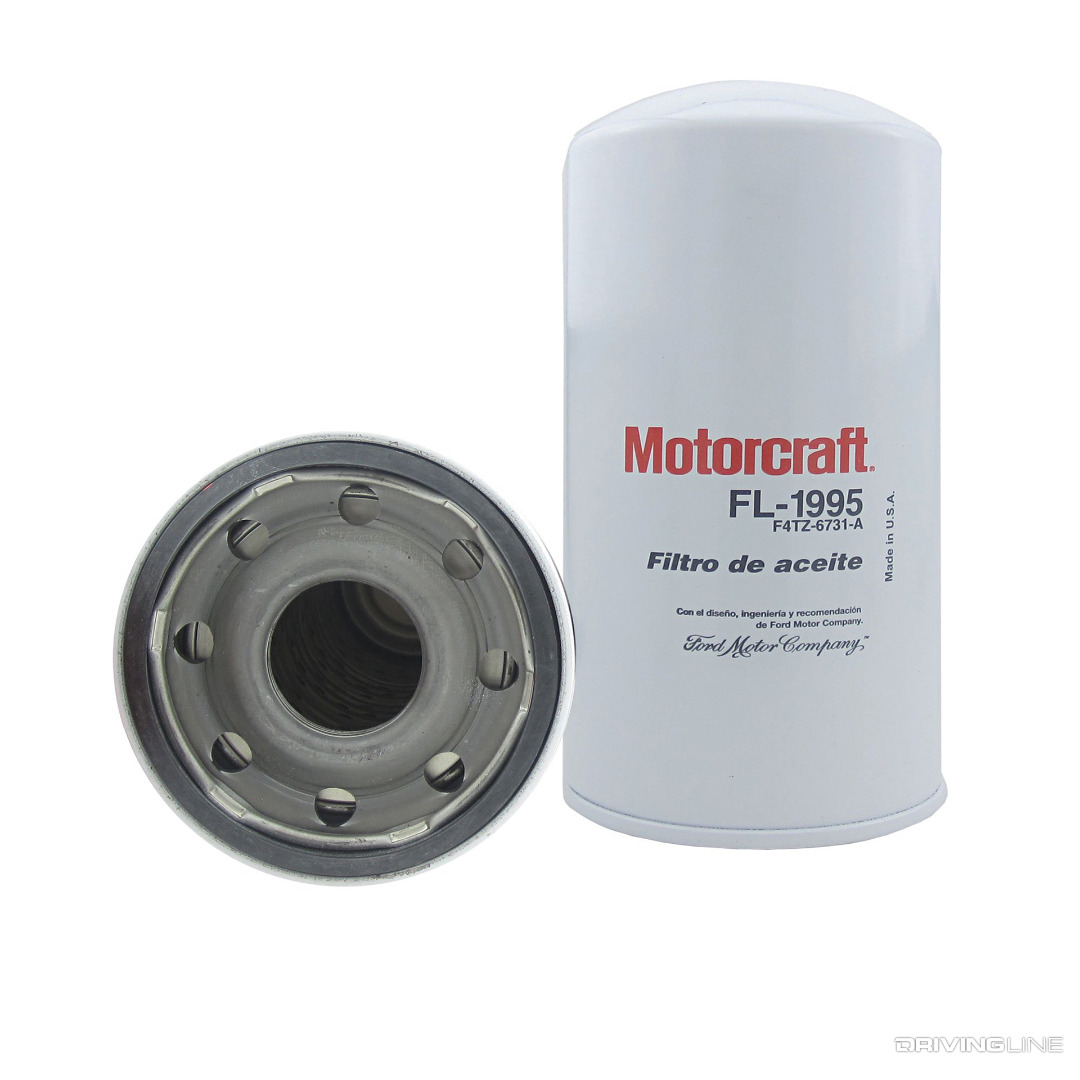
Because a HEUI injector requires both oil and diesel to follow intricate internal paths in order to operate, keeping both fluids as clean and fresh as possible is vital. Per the book, the 7.3L Power Stroke’s oil drain interval is 5,000 miles, but due to the immense pressure the oil is exposed to causing the oil to shear, many owners change their oil every 3,000 to 4,000 miles. In the 6.0L Power Stroke’s case, observe the “Special Operating Conditions” oil change interval of 5,000 miles (or 200 hours) rather than the 7,500-mile interval recommended under normal operating conditions. By adhering to a heavy equipment-like fuel filter change interval of every other oil change, you’re virtually guaranteed to never experience any fuel-related injector problems. Officially, Ford recommends both the 7.3L’s fuel filter and the 6.0L’s fuel filters (yes, there are two) be replaced every 15,000 miles.
3. Run a Quality Oil

The oil in a HEUI injection system works harder than any other engine oil in the world. Not only is it pressurized between 500 psi and 3,600 psi in the high-pressure circuit, but it is additionally responsible for lubricating and cooling the rest of the engine. On earlier HEUI systems (namely the 7.3L Power Stroke, T444E and DT466E), a conventional 15W-40 oil will suffice so long as a reasonable drain interval is observed. However, with tighter tolerances, stiction issues and contamination present thanks to the exhaust gas recirculation system, the second generation HEUI system (i.e. 6.0L Power Stroke, VT365 and MaxxForce DT) is better off operating on a lower weight, full synthetic, low ash engine oil.
4. You Can’t Run Them Out of Oil

In addition to its ability to meet emissions standards and make sufficient power, we think HEUI was Caterpillar’s built-in insurance policy to guard against catastrophic engine failure. Because the injection system relies on engine oil to activate the fuel injectors, the injectors will fail to fire once oil supply drops below a specific threshold. In the 7.3L Power Stroke’s case, this threshold is seven quarts (the engine holds 14). This built-in fail-safe is ideal in situations where operators neglect to check engine oil levels, or when regular maintenance isn’t being conducted. We’re sure it helped CAT’s bottom line.
5. Reduced Camshaft Wear (vs. Mechanical Unit Injection Systems)

Unlike the mechanical unit injection systems that preceded it, HEUI isn’t reliant on a fixed geometry camshaft profile (and engine speed) to pressurize fuel. This saves on camshaft lobe wear and allows the cam to serve the sole purpose of actuating the intake and exhaust valves. Additionally, HEUI was light-years ahead of gear-driven, mechanical injection technology, which also depended on engine speed in order to pressurize fuel.
6. HEUI Injectors Last
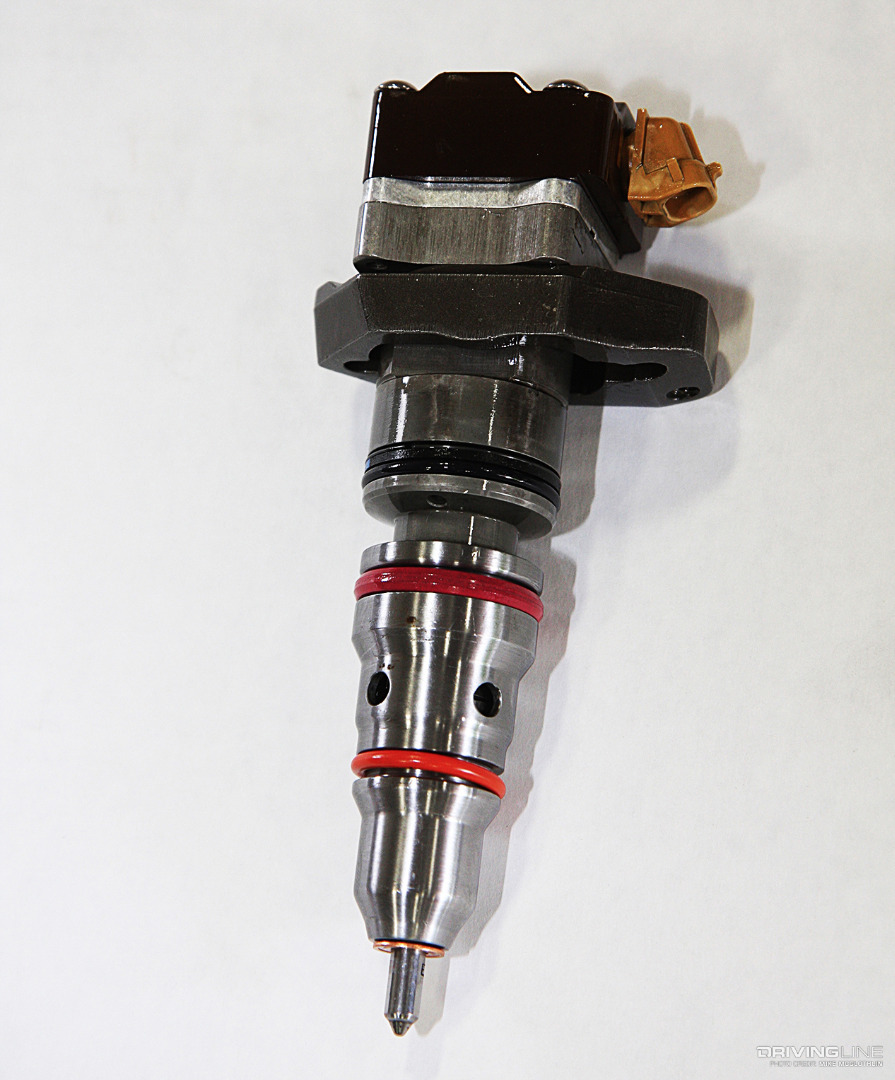
Although it’s widely believed that HEUI components don’t last as long as the parts used in conventional injection systems, nothing could be further from the truth. With proper maintenance, a HEUI injector can last just as long as a mechanical unit, and many HEUI injectors outlast the newfangled common-rail injectors found in the latest diesel engines on the market. As a general rule of thumb, a 7.3L injector will last 200,000 miles without skipping a beat, although we’ve seen them go 250,000 to 350,000 before an overhaul was typically necessary. Even though the 6.0L is notorious for injector problems, a properly maintained set can last at least 150,000 miles.
7. Engine Components Wear the Same as in Conventional Systems

Despite the fact that HEUI is an unconventional injection system, it has no effect on the performance or longevity of other engine parts. Take Navistar’s DT466-based engine for instance. It utilized mechanical injection from the 1970s to the early 1990s before the same overall platform was adorned with the HEUI system. After the switch, there was no change in hard-part durability. Also, thanks to the precise control of the injection event that HEUI provides, fuel-in-oil contamination (often referred to as percent fuel content) is just as low in a HEUI engine as what you’ll find with today’s high-pressure common-rail systems.
8. High-Pressure Oil Leaks Happen
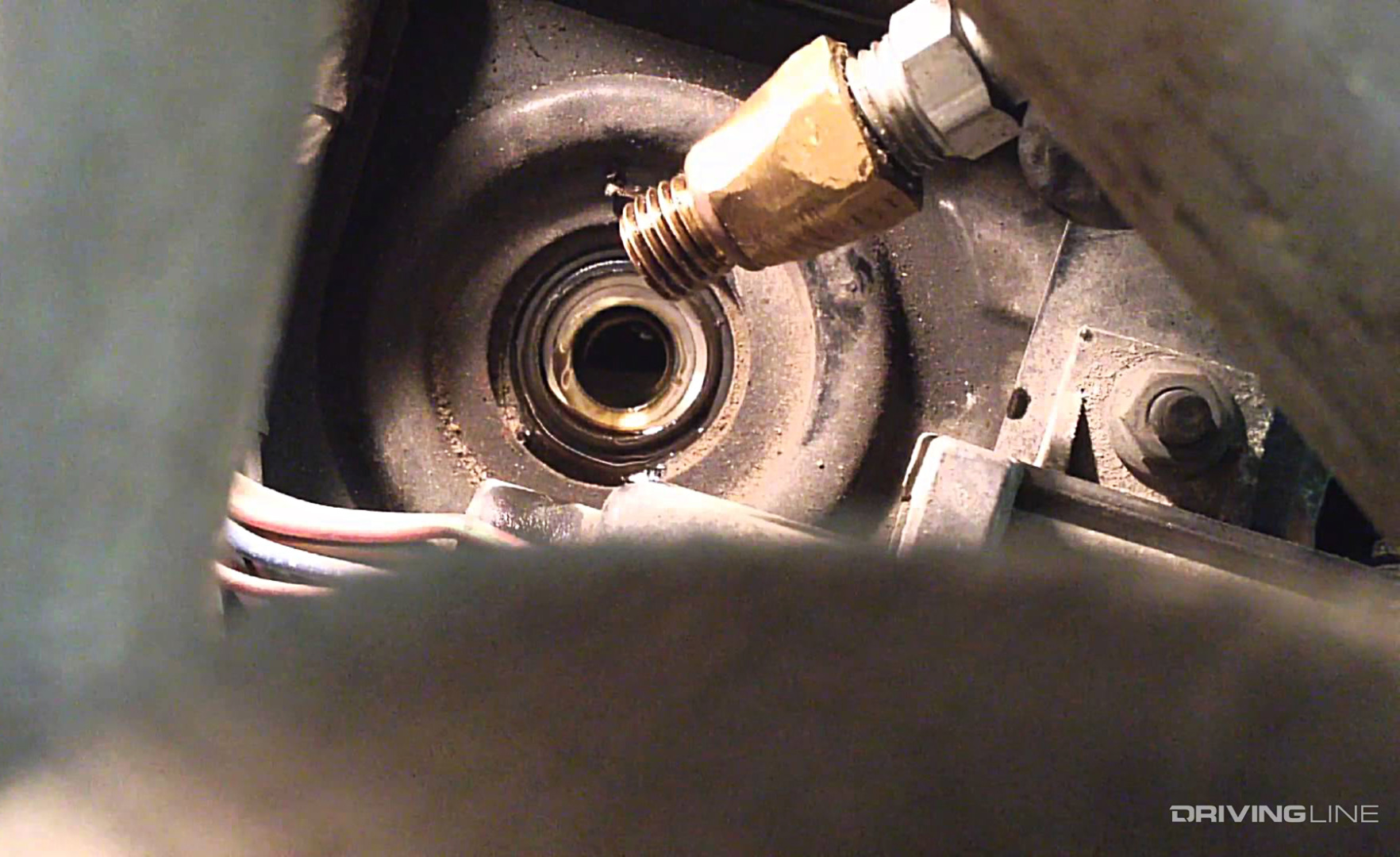
Just as fuel leaks can occur in conventional injection systems, the HEUI system isn’t immune to suffering an occasional leak. Typically, it’s a high-pressure oil leak you’re chasing, and it’s much more common in second-generation HEUI systems (i.e. the 6.0L Power Stroke) than on the earlier systems. High-pressure oil leaks are usually detected via compressed air using a valve and hose installed in the injection control pressure (ICP), engine oil temperature (EOT) or engine oil pressure (EOP) sensor port.
9. Single Shot Injection Events (With a Few Exceptions)

With cutting edge electronic controls, present-day common-rail injectors can carry out as many as seven injections per combustion event. A HEUI injector, however, was never intended to perform multiple injections per combustion cycle. This means no excess fuel is used to quiet the injection event (via pilot injection) or build excess in-cylinder heat for emissions purposes (i.e. post injection). You get one “main” injection event per cycle—a single shot. Needless to say, HEUI engines are a bit loud. We’ll note that a mechanical pilot injection event was introduced on ’99 model year 7.3L Power Stroke engines, but when pilot injection was attempted, electronically, on the 6.0L Power Stroke, it was wrought with issues and quickly abandoned.
10. HEUI Can Make Considerable Horsepower
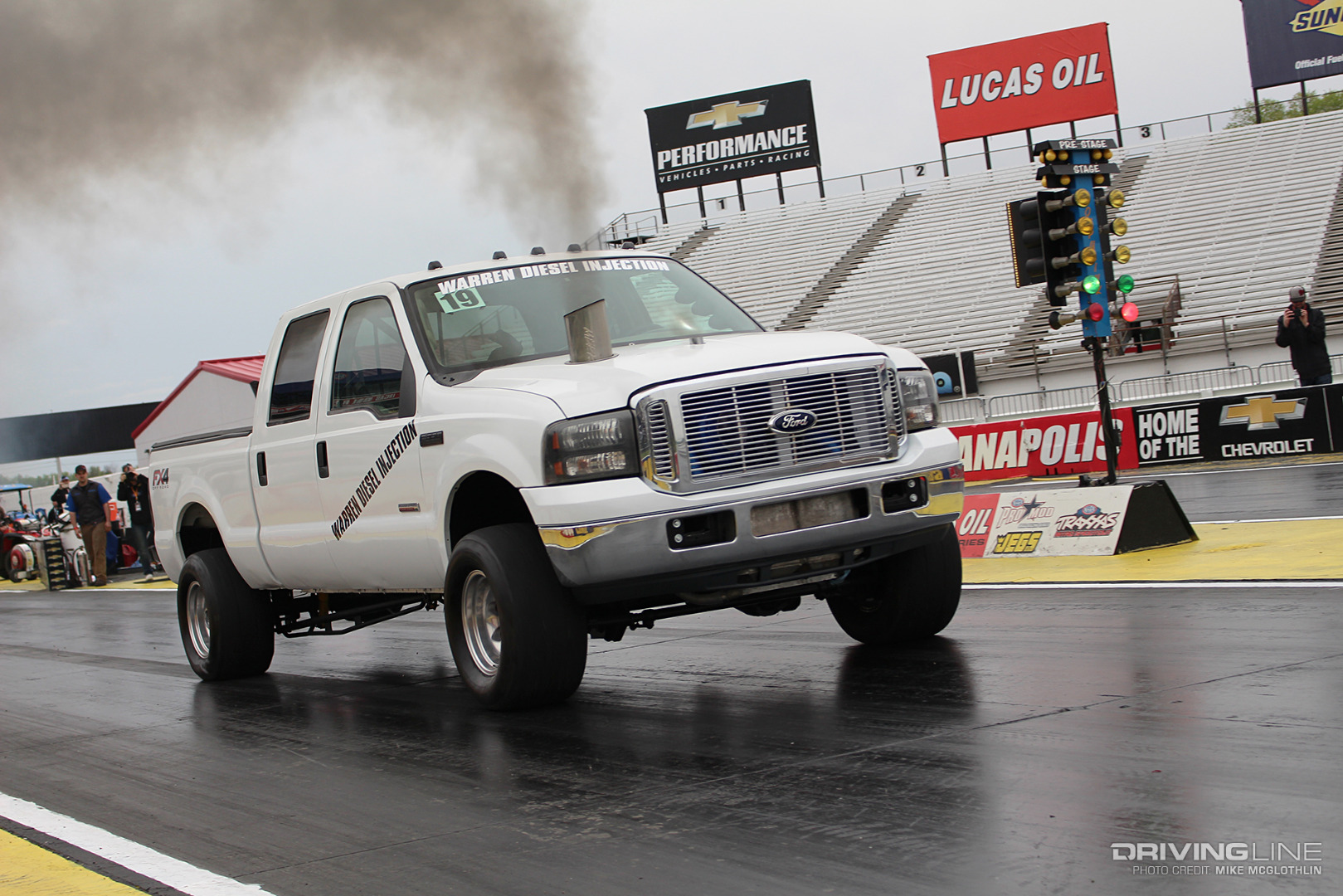
While it might’ve taken a while for the aftermarket to figure out how to squeeze more power out of the HEUI system, the days struggling to add an extra 50hp are long gone. In the diesel pickup segment, there are countless 7.3L owners driving around with 500, 600 and even 700rwhp on tap. Things are even peachier for the 6.0L camp, where the higher-pressure HEUI system and more efficient overall engine package can be combined to make a 600, 700, even 800rwhp Super Duty a reality. Most recently, annual UCC competitor Jesse Warren has made clearing 1,700rwhp the norm with his fire-breathing 6.0L. Not bad for a sub-400 cubic inch engine!
11. HEUI Is Similar to New-Age Common-Rail Systems
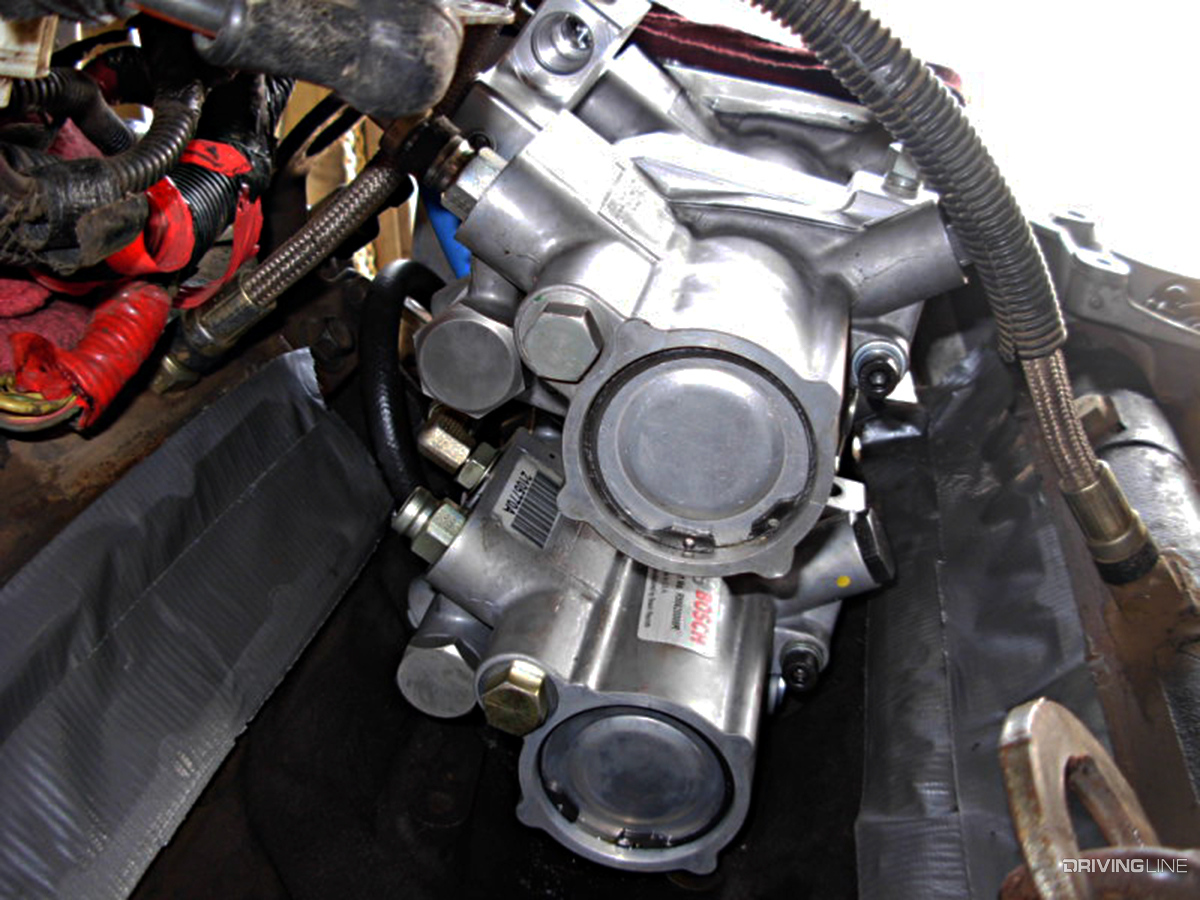
In many ways, HEUI is very similar to modern, common-rail systems. After all, both rely on high-pressure fuel or oil and a corresponding fuel or oil rail(s) to store the fluid that’s about to be used by the injectors. As such, added capacity by way of adding a second high-pressure pump (a high-pressure oil pump in HEUI’s case, a high-pressure fuel pump in common-rail’s case) is usually in store when enthusiasts are pursuing big horsepower. When it comes right down to it, HEUI was the original high-pressure common-rail system, but that wasn’t the name it was given.